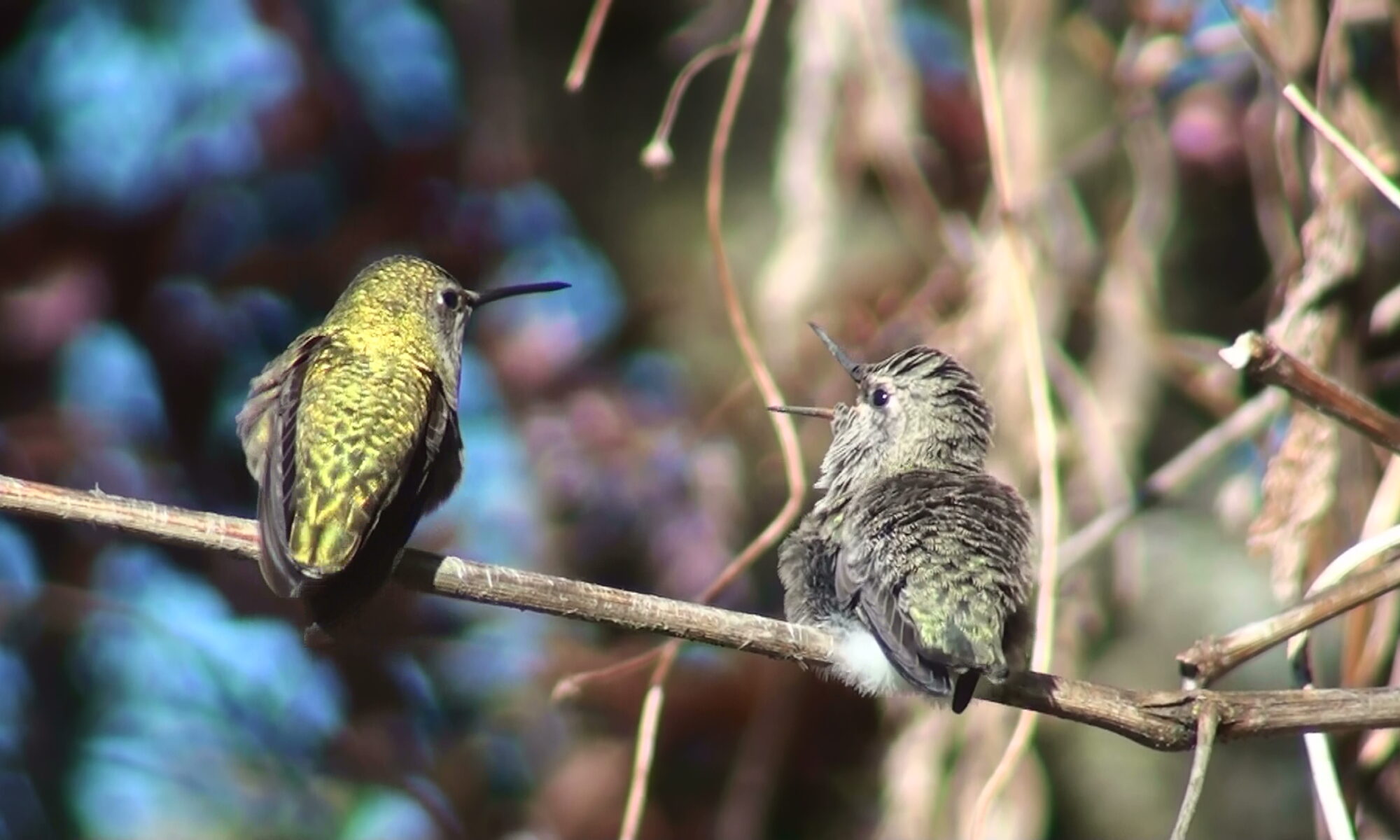Feb 23
 Wind, Rain and Snow
Wind, Rain and Snow
I named Flower’s chicks Wind and Rain in honor of the rough weather in which they hatched. I hadn’t meant to follow that path for their names, but other people suggested it and it had crossed my mind, so that was that. We had snow today and by evening, some of it had started to stick around. I am always amazed at how fragile Wind and Rain look compared to how hardy they actually are. http://youtu.be/Xa9Zntbskp8 When they stretch out their necks to get the food sometimes you can see right through the skin and see Flowers beak in their gullet. You would think they would freeze, but Flower keeps them sheltered and warm by tucking them into her brooding patch when she sits on them. The brooding patch is a small bit of skin in the lower abdomen where the feathers fall off and many blood vessels bring warmth to the area for keeping chicks and eggs warm. Wind and Rain are not yet at the point where they can regulate their own body temperature. Until they open their eyes, they are dependent upon their mothers to keep them warm by cuddling them in a warm embrace. At this stage, they are about the size of a grape and it will be several more days before they open their eyes. That usually happens after about 10 days. http://youtu.be/E3De8bYPGAo
I used to get anxious when the weather was rough and the hummingbirds had nests, but after watching them for so long and seeing just how tough they are, I don’t worry much anymore. I have rarely seen a nest destroyed by wind or a set of eggs fall out of the nest. Luckily, all the nests I’m following right now are OK.
Rio’s Chicks, Dee Dee and Janeiro, have started to open their eyes and Rio leaves them uncovered for a bit longer as they are starting to regulate their own body temperatures. The two chicks in the nest help each other keep warm, but Rio still helps out by sitting on them. http://youtu.be/3n5_NSi8Bng
I think Ocean’s eggs may have hatched, but I haven’t been able to catch her feeding, just looking wistfully or lovingly into her nest as she arrives back from hunting, it’s hard to tell which. http://youtu.be/wTBY5XCLYRY
Gina is still perched high in the oak tree. She had to endure gusts up to 80 MPH the other night. She must have used a lot of spider webs to hold that nest to the branch. http://youtu.be/JJkoDT-fpy4
The big challenge for mama hummingbirds at this time of the year is getting enough food for three. They have pretty simple demands in life. A few bugs to eat, some flowers, some sun once in a while and a great big sky to fly around in. Sometimes, when I watch the birds, I am reminded of just how comfortable we humans have made our own lives… and how complicated.
Eric


